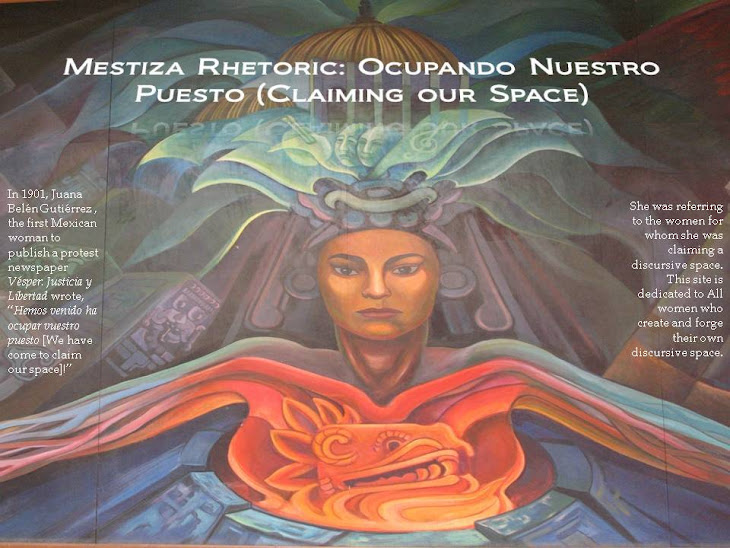(Picture source, El Paso Newspaper Tree)
We've all heard the saying, "The road to hell is paved with good intentions." This week, El Paso City Council member, Beto O'Rourke, laid the ground work for this journey to HELL! What started out as a resolution to extend EL Paso's solidarity with our sister city, Juarez, Mexico, that has been besieged by unchecked violence, has been converted into a major controversial issue. Beto O'Rourke added an ammendment to the resolution that called for a debate on the issue of the drug war being fought right here in our community. I have not been able to find a link to the resolution, but O'Rourke's two cents on the issue that called for "the encouragement of the U.S. federal government to start a "serious debate" on the legalization of drugs" (El Paso Times).
First, I'd like to commend the EL Paso City Council's Border Relation Committee on trying to bring attention to an issue that to me, seems like it has been swept under the table by the majority of America. But I have to agree with Mayor John Cook and Sylvestre Reyes, who commented on this ammendment, that legalizing the use of mariguana is not the solution to the drug war. Mayor John Cook used his veto power to keep the resolution from moving forward, but the resolution has now made major headlines in El Paso and elsewhere. Imagine what this would bring about in Mexico. The drug cartel, murders, terrorists, and money launders, would now become the agents with whom the governments deal with for access to this drug. And then, can you imagine, not only would out school teachers, doctors, airline pilots, mechanics, for that matter, our city council members, could now not only legally drink their woes away, but smoke a joint with that glass of booze. Is that the solution to all our problems, make the issue acceptable? You're 15 and pregnant, well, that's okay! You robbed a bank, well, that's okay. You cooked your books past the boiling point, well, that's okay. Just stay in your penthouse until we can figure out what to do with you. Ay NO!
First, Mexico needs to clean up their act. The government has been in bed with the enemy; for too long they have turned a blind eye to the issue of drug running. Greed has taken hold of the people in power, and the power of the government should be greater than one of human's weakness. But I'm wondering also, if government isn't the result of human weakness? Are we all to blame? Do we all have blood on our hands? Are we all complacent? "Not my children," we argue.
I'm just wondering what SHOULD be done about the drug war. Is there any ONE solution? I'm going to say that the first step, as city council proposed, that the people on the border are NOT a divided people, and that their problem IS our problem.
Maybe it's time for a SUPER HERO!

+002.JPG)
+029.JPG)



























